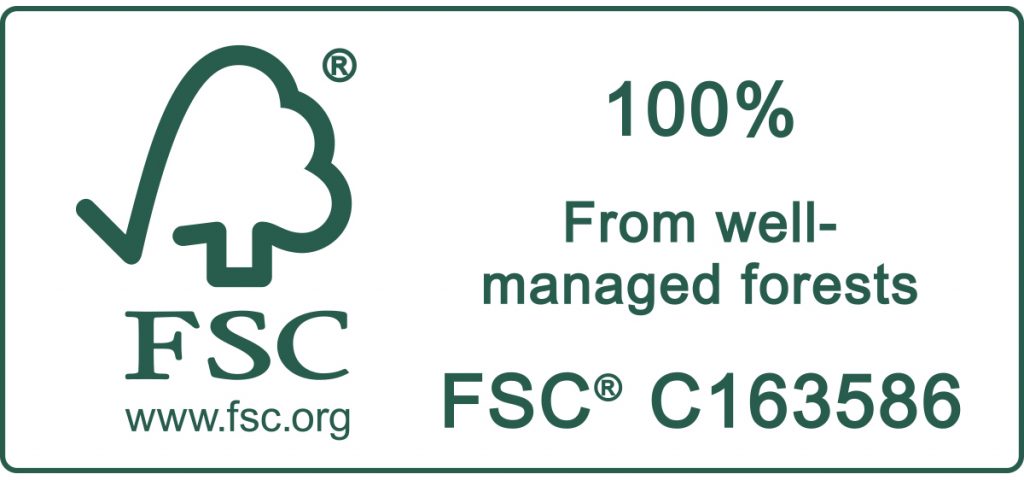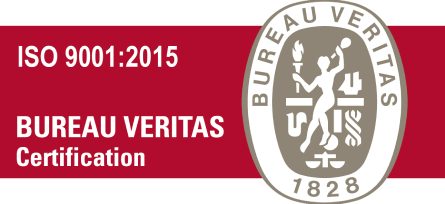DNA purification is among the most popular and significant methods used in molecular biology. The aim of DNA purification is the separation of the desired genetic material from the contaminant (proteins, cell membranes, and RNA). This is a vital process in nearly every molecular endeavor and must be carried out correctly to get the highest quality usable DNA.
There are a variety of methods for DNA purification. The choice depends on a myriad of factors like the source materials and downstream applications, cost and time limitations. The most common genomic and plasmid DNA purification protocols include chemical treatment, enzymatic digestion, or mechanical disruption of tissue/cell samples followed by salting-out the proteins and precipitation of the DNA using ethanol.
Ethanol precipitation can be a low-cost, quick and simple method of desalting and concentrating DNA. DNA molecules form aggregates in the presence of monovalent cations, such as sodium and are then precipitated from the solution by using large amounts of alcohol. This technique permits the removal of organic compounds, and other impurities from the sample and is often employed in combination with other purification methods.
Anion exchange chromatography is another well-known method for DNA purification. DNA in a solution is bonded to positively charged resins through the interaction between the negatively charged DNA phosphate backbone as well as the positively charged surface molecules of the resin. During the binding and washing processes in the process, contaminating molecules are eliminated from the DNA by stringent wash steps. The DNA purified is eluted using low salt conditions.
http://www.mpsciences.com/2021/04/23/dna-purification-processes-for-different-applications/





